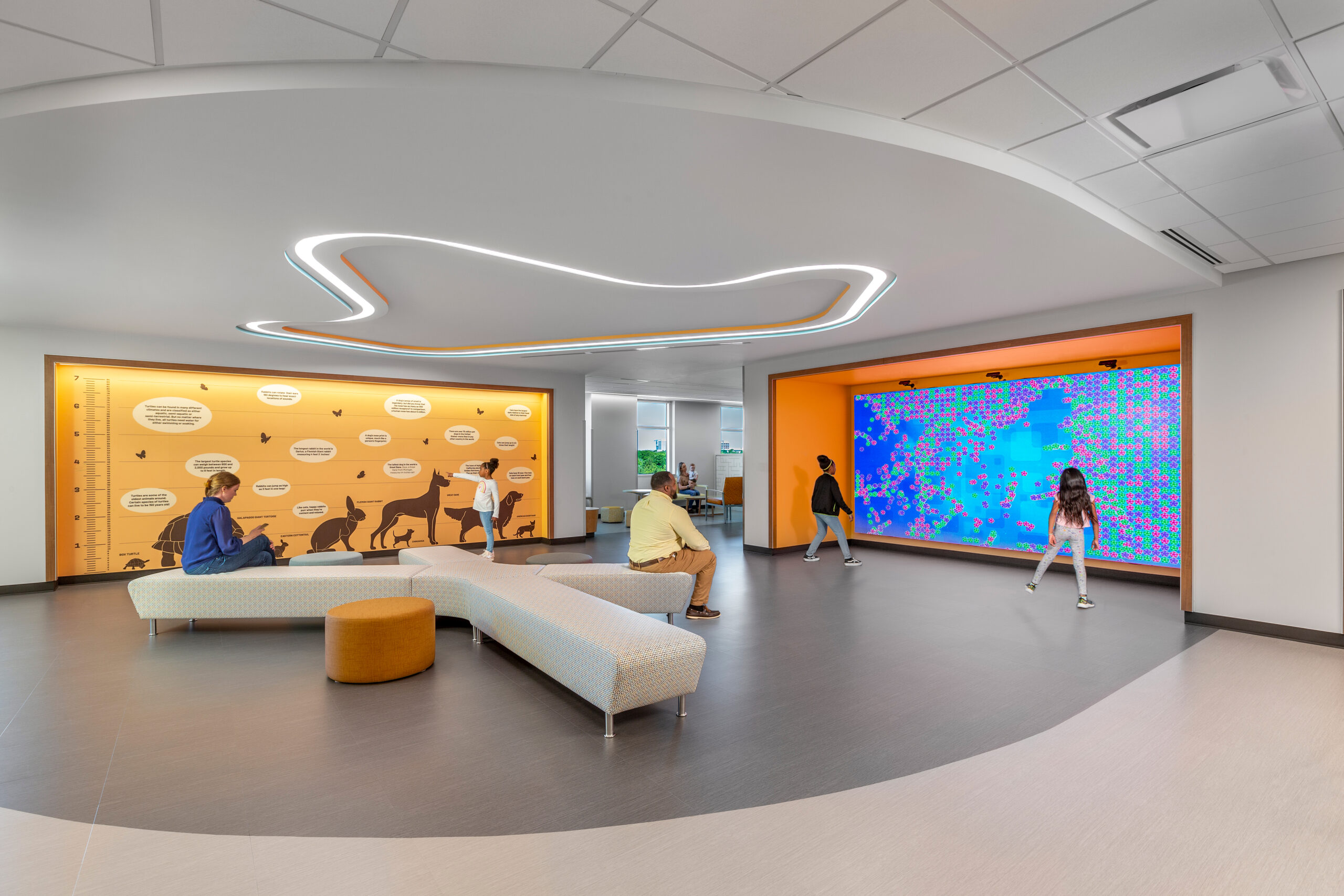 |
Stan Spellman, vice president of St. Louis-based Spellman Brady & Co., has more than 20 years of experience in interior design. His firm specializes in interior design, furniture procurement and artwork master planning at healthcare, senior care and higher education facilities. He spoke with HC&O News during a phone interview from St. Louis.
Q: How did you get involved with healthcare interior design?
A: I’ve worked for several large architectural firms, doing healthcare projects all over the country and I’ve also done design work with furniture dealers for the healthcare market. With our practice, we combine the two, doing basically turnkey projects for healthcare facilities with all-encompassing design services.
We’ve based our practice on doing healthcare, senior care and university projects. They are all very similar and they use similar products. They face the same types of issues — wear and durability are major factors. Understanding what products work well in those environments is mandatory.
Q: How do you decide which products you will use?
A: We have a repertoire of manufactures that we use. Depending on the owner’s desires, we put together two or three similar items for each type of furniture. We negotiate with manufacturers for pricing, and receive additional discounting based on volume for the facility, then we show the owners the price and the pros and cons of each option.
Q: You also offer artwork master planning services. Can you explain that process?
A: Artwork is the piece that pulls the whole package together and unifies the design. A lot of times, the artwork package can drive the design. Instead of picking up a bunch of images and throwing them on the wall, we use artwork to drive the feel of the building, the brand identity that the owner is trying to achieve, and wayfinding. It becomes an integral part of the building.
Q: How do you find artwork?
A: We find it all over; our people are researching all of the time. We work in a variety of markets across the country, and research artists in each region. We reach out directly to the artists, and we will often commission works.
Q: Is it ideal to handle all of the aspects of interior planning, instead of having a different entity doing the artwork or furniture?
A: We work with a lot of different architectural firms, and sometimes they have a very strong  interiors group. We can assist them with their vision, so we don’t always have to do all of the design work.
interiors group. We can assist them with their vision, so we don’t always have to do all of the design work.
We often just do the furniture, fixtures and artwork package and help the architectural designer pull that together. It becomes a design team that works for the owner.
We also help healthcare systems establish their brand or design direction when they have ongoing project work. We work with multiple architects for one owner, but serve as the common thread for the interior to make it cohesive and help it flow.
Q: What was your most challenging project?
A: They all have their challenges. I think once you have a design team put together, and everybody is flowing, all projects go pretty well.
When a project is under funded and they can’t increase the budget, you really struggle with every element.
Q: Your work is probably the first area affected by value engineering.
A: Right, and that’s frustrating. We try to get in a position where we don’t have to value engineer. We try to budget and estimate very accurately from the very beginning of the project. We don’t have control over all of the elements of the budget, so sometimes we get impacted.
Q: How do you approach that process?
A: When we budget a project, we do it item-for-item. That allows us to make adjustments from the very beginning to show the owner how you can get it in budget. It’s better to do that up front instead of after it’s designed. The owner can compare costs for a variety of products and make adjustments as needed.
Q: What should be on the forefront of healthcare interior designers’ minds in this economy?
A: Longevity. They really need to use products that are green, renewable and reuseable, and maintainable. They should select products that are good for the environment, good for the owner, and able to really last and withstand the test of time without a high level of maintenance.
|
Want to see more pictures? |
Q: Are you finding that green products have that longevity?
A: Yes, there are a lot of products like rubber that have been on the cusp for years, but designers have not been able to use rubber because it costs a few pennies more, or people didn’t like the appearance because it doesn’t have the high gloss level that many owners like.
Q: What other trends are you seeing?
A: Healthcare providers are really focusing on the patient. When a patient walks through the door, they want the facility to be inviting and they want the patient to be comfortable.
Wayfinding needs to be easy. A lot of facilities have expanded several times and they become these huge monstrosities that are hard to navigate. It’s very frustrating for patients and visitors and it makes them very intimidated.
I think the trend is to make facilities very user-friendly, almost like a hotel with a greeter who helps the experience be as quick and easy as possible. We can also help accommodate that with the design of the facility and through the selection of products.
Q: What are you most excited about?
A: Owners and staff are taking more pride in their facility. That’s encouraging and it helps them take care of the facility and the patient.





